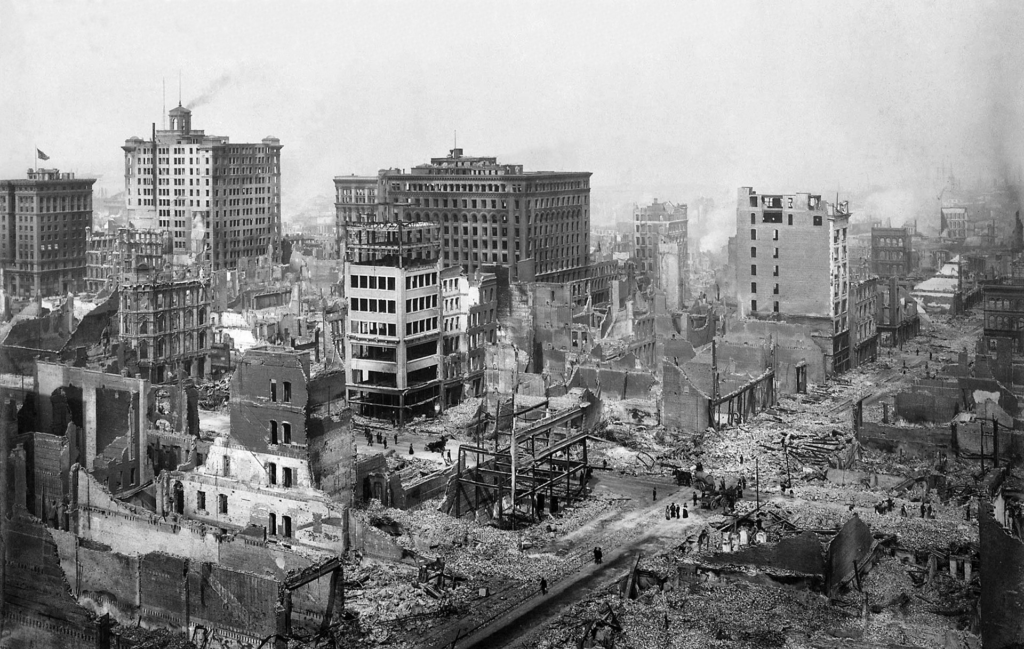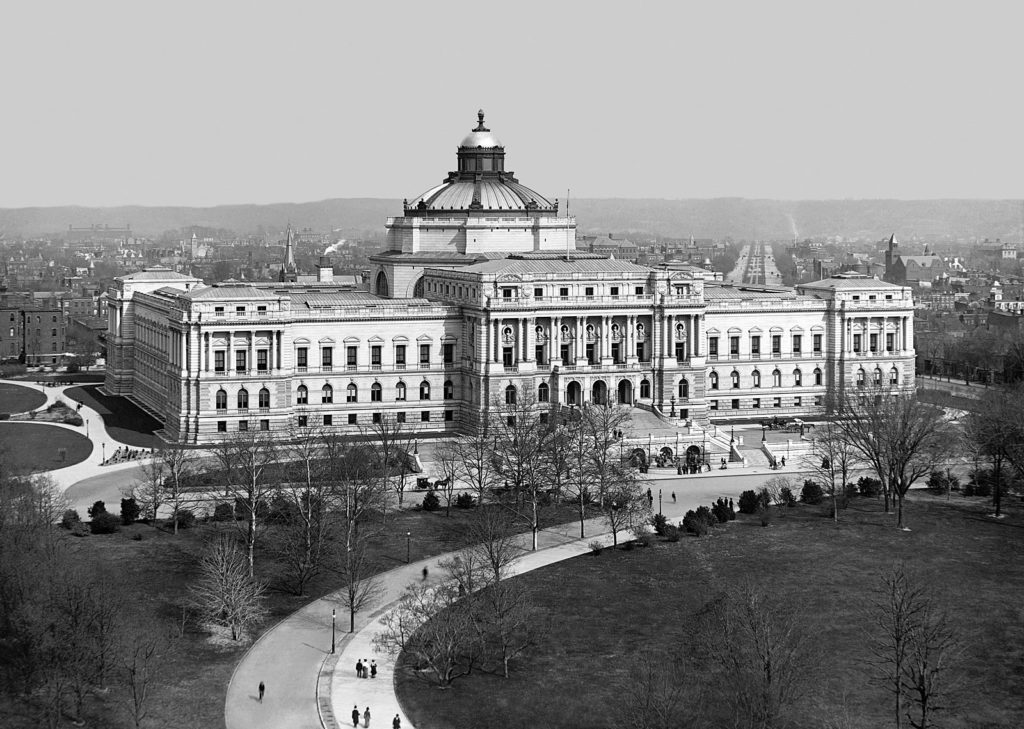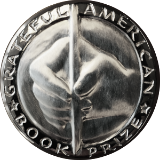April 16 — April 30, 2023
History Matters
Showing our children that their past is prelude to their future
California is the land of cloudless climate—and—episodic earthquakes. According to The U.S. Geological Survey tremors occur every three minutes, but most are undetectable.
Even so, two or three sizeable shocks pop up each year, which cause confined upheaval up to 5.5 on the Richter Scale.
On April 18, 1906, San Francisco was flattened by a once-in-a 200-year-7.8-seismic–calamity that rubbed out 3,000 residents and planed 30,000 buildings. According to History.com, it “was caused by a slip of the San Andreas Fault over a segment about 275 miles long, and shock waves could be felt from southern Oregon down to Los Angeles.”
The Grateful American Book Prize recommends A City Tossed and Broken: The Diary of Minnie Bonner: San Francisco, California, 1906 by Judy Blundell.

John Paul Jones was—arguably—the greatest naval commander in the nation’s history; daring and dedicated during the Revolutionary War, he eventually earned the epithet “Father of the American Navy.”
On April 22, 1778, the audacious Jones led “a small detachment of two boats from his ship, the USS Ranger, to raid the shallow port at Whitehaven, England, where, by his own account, 400 British merchant ships were anchored,” according to History.com. He and 30 volunteers captured a fort, disabled its cannons, and set a fire that engulfed the town.
The captain’s seafaring tour de force occurred “when he led the frigate USS Bonhomme Richard, in[to] an engagement with the 50-gun British warship HMS Serapis…When the captain of the Serapis ordered Jones to surrender, Jones famously replied, I have not yet begun to fight! A few hours later, the captain and crew of the Serapis admitted defeat and Jones took command of the British ship.”
For more information, The Grateful American Book Prize recommends John Paul Jones: The Pirate Patriot by Armstrong Sperry.

The Library of Congress has the world’s largest portfolio of books, films, videos, audio recordings, photographs, newspapers, maps, and manuscripts.
On April 24, 1800, President John Adams signed legislation that provided $5,000 for the purchase of books. Two years later, the library had 964 volumes and nine maps. But according to History.com “the British army invaded the city of Washington [during the War of 1812] and burned the Capitol, including the then 3,000-volume Library of Congress.”
Former president Thomas Jefferson came to the rescue [and sold] “his personal library [6,487 volumes], the largest and finest in the country,” to restart it. “In 1851, a second major fire at the library destroyed about two-thirds of its 55,000 volumes, including two-thirds of the [Jefferson’s books]. Congress responded quickly and generously to the disaster, and within a few years a majority of the lost books were replaced.”
The Grateful American Book Prize recommends America’s Greatest Library: An Illustrated History of the Library of Congress by its historian, John Y. Cole.

History Matters is a biweekly feature courtesy of The Grateful American Book Prize.




